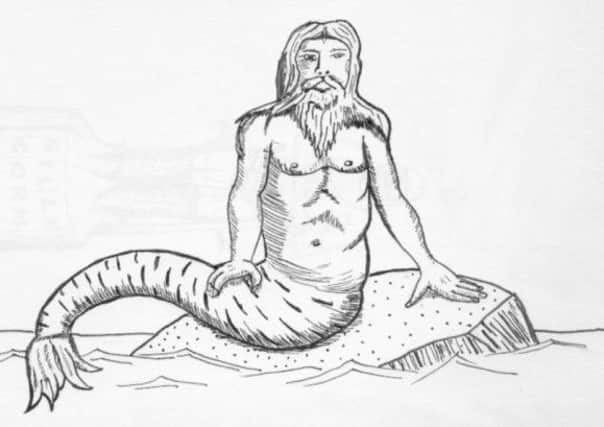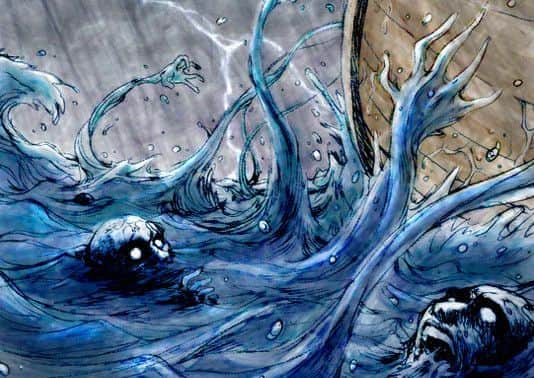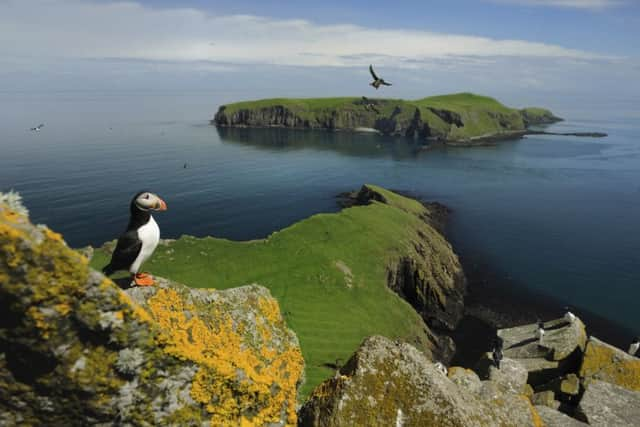Scottish myths: The Blue Men of Minch


The strait between the Island of Lewis and the Shiant Isles was known in the 19th century as ‘the stream of the Blue Men’ because it was said to be inhabited by a strange group of creatures.
The Blue Men of the Minch, also known as Storm Kelpies, are said to occasionally prey on sailors making the crossing.
Advertisement
Hide AdAdvertisement
Hide AdThose who are unlucky enough to come across the Blue Men note the distinctive green beards and hair they have, as well as their exceptionally-strong physique.


Other historical recordings of the creatures say that they lived in underwater caves in a clan system, while generations of folklore say they can only be beaten by making sure the last word is achieved in a rhyming duel.
It is said many a captain has escaped disaster on the seas with the sharpness of his tongue, while those less fortunate are left to perish in the cold and raging waters common to the region.
While the Blue Men slept the weather would remain fine, but they could conjure storms when they wished.
However, innocent fishermen who have done nothing to enrage the Sea Kelpies will be allowed safe passage through the area.


The Blue Men can also help the locals, with a Samhain or Halloween tradition involving the lighting of a candle by the sea.
Ale is then poured into the water in order to encourage the Blue Men to leave seaweed on the beach as fertiliser.
Advertisement
Hide AdAdvertisement
Hide AdThis extract from Donald Alexander Mackenzie book Wonder Tales from Scottish Myth and Legend, published in 1917, describes the legend of the creature:


“The strait which lies between the island on Lewis an the Shant Isles is called the ‘Sea-stream of the Blue Men’. They are of human size, and they have great strength. By day and by night they swim round and between the Shant Isles, and the sea there is never at rest.
“The Blue Men wear blue caps and grey faces which appear above the waves that they raise with their long restless arms. In summer weather they skim lightly below the surface but when the wind is high they revel in the storm and swim with heads erect, splashing the waters with mad delight. Sometimes they are seen floating from the waist out to sea, and sometimes turning round like purpoises when they dive.”
In Superstitions of the Highlands and Islands of Scotland, 1900, John Gregorson Campbell described a blue-coloured man with a long-grey face that followed boats slowly on the water, never quite in reach.
The origin of the Blue Men legend is unclear, with some suggestions that it originates with the Moorish or North African slaves marooned in Ireland in the 9th Century by Viking pirates and slave traders.
But to others, the Blue Men of Minch are a personification of the treacherous waters they inhabit.
